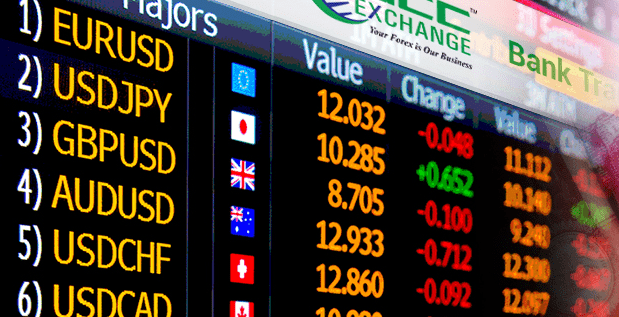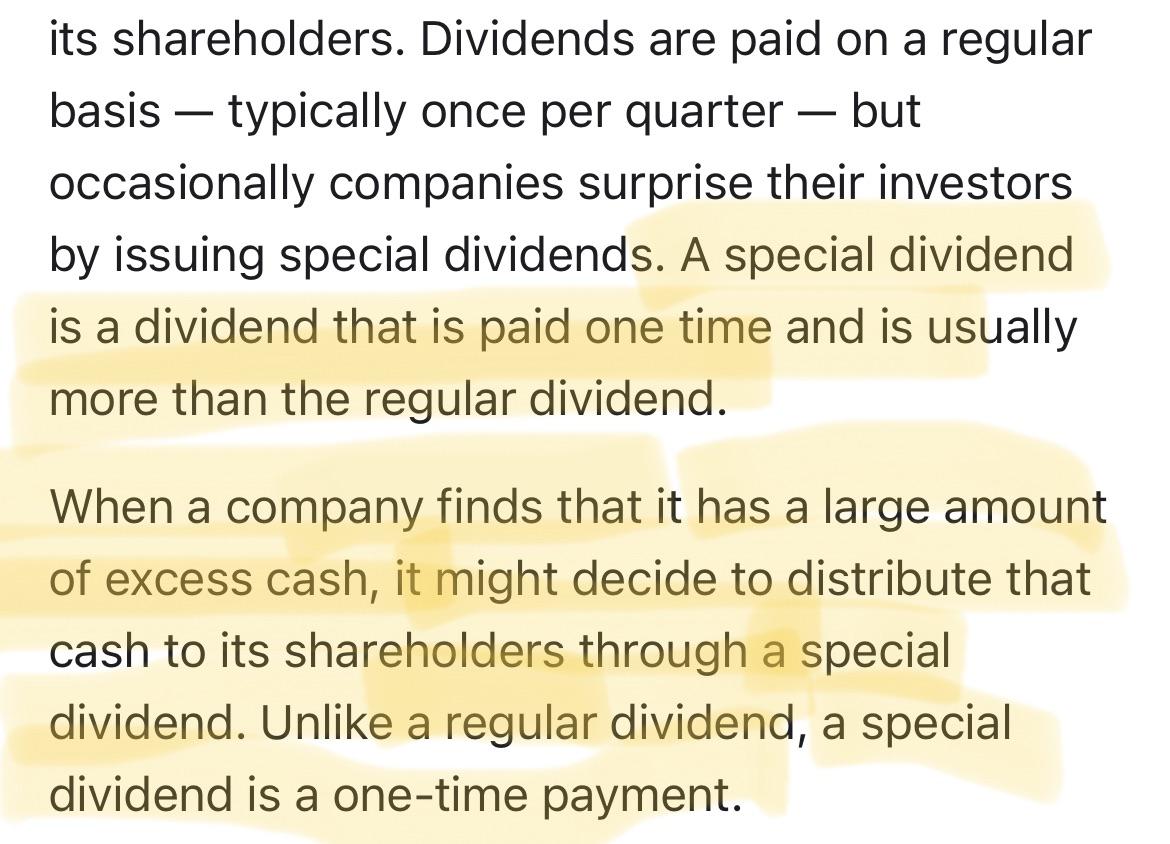
Understanding the basics of currency pairs, leverage and how they work is essential before you can trade forex. This article will also cover trading platforms and fundamental analysis. Let's begin by defining a long position. This means that a trader bought currency with the expectation of it increasing in value. When this happens, traders sell it back on the exchange, usually at a lower price than what was originally purchased.
Leverage
Forex trader can use leverage to increase their capital. Traders have the option to increase their position by using financial leverage to buy more stocks. This technique can help traders increase their profits and decrease losses. This article will provide information on the different types leverage used in Forex trading. Let's get started with the definition.

Currency pairs
Forex trading lets you trade with multiple currency pairs. Each currency pair has a market price, which represents how much of the second currency you can buy or sell for one unit of the first. For example, the market price of EUR/USD is 1.3635, meaning that one Euro will buy $1.3533 of US Dollars. You can view the bid and offer prices in real-time when you trade currency pairs.
Trading platforms
There are several types of forex trading platforms. These platforms allow you to trade with more money that your account balance. For major currency pairs, leverage can be as high as 1:50 and for exotic currencies up to 1:20. It all depends on what platform you prefer. There are many forex trading platforms that are more effective than others. This article will show you how to choose the right forex trading platform.
Fundamental analysis
Fundamental analysis when trading forex is about analyzing economic data from several countries. An individual interested in trading Eurozone currencies might want to follow Eurozone interest rates as they are more relevant for their strategy that U.S. rates. The trader will also benefit from information in news releases from Eurozone nations. This will give him insight into the economies of these countries. For traders looking to make money on the currency markets, fundamental analysis is crucial.

Technical analysis
Charts are an excellent way to start trading forex pairs if you're not familiar with the market. Using these charts can help you identify price trends, set price objectives, and use stop-loss levels. Technical analysts are usually looking for a return to risk ratio of at minimum 2:1. Candlestick patterns are a great example of eastern technical analysis. These patterns are particularly useful for short-term trading, and can identify key turning points. Some of the most popular candle patterns include dojis, engulfing candles (engulfing), and morning stars.
FAQ
How does inflation affect the stock market
Inflation is a factor that affects the stock market. Investors need to pay less annually for goods and services. As prices rise, stocks fall. It is important that you always purchase shares when they are at their lowest price.
Are stocks a marketable security?
Stock is an investment vehicle where you can buy shares of companies to make money. You do this through a brokerage company that purchases stocks and bonds.
Direct investments in stocks and mutual funds are also possible. There are more than 50 000 mutual fund options.
The key difference between these methods is how you make money. Direct investments are income earned from dividends paid to the company. Stock trading involves actually trading stocks and bonds in order for profits.
In both cases you're buying ownership of a corporation or business. However, when you own a piece of a company, you become a shareholder and receive dividends based on how much the company earns.
With stock trading, you can either short-sell (borrow) a share of stock and hope its price drops below your cost, or you can go long-term and hold onto the shares hoping the value increases.
There are three types for stock trades. They are called, put and exchange-traded. Call and put options let you buy or sell any stock at a predetermined price and within a prescribed time. Exchange-traded funds are similar to mutual funds except that instead of owning individual securities, ETFs track a basket of stocks.
Stock trading is a popular way for investors to be involved in the growth of their company without having daily operations.
Stock trading can be very rewarding, even though it requires a lot planning and careful study. It is important to have a solid understanding of economics, finance, and accounting before you can pursue this career.
How can I select a reliable investment company?
You should look for one that offers competitive fees, high-quality management, and a diversified portfolio. The type of security in your account will determine the fees. While some companies do not charge any fees for cash holding, others charge a flat fee per annum regardless of how much you deposit. Others charge a percentage on your total assets.
You should also find out what kind of performance history they have. Poor track records may mean that a company is not suitable for you. Avoid companies that have low net asset valuation (NAV) or high volatility NAVs.
You should also check their investment philosophy. An investment company should be willing to take risks in order to achieve higher returns. If they are not willing to take on risks, they might not be able achieve your expectations.
Statistics
- Our focus on Main Street investors reflects the fact that American households own $38 trillion worth of equities, more than 59 percent of the U.S. equity market either directly or indirectly through mutual funds, retirement accounts, and other investments. (sec.gov)
- Even if you find talent for trading stocks, allocating more than 10% of your portfolio to an individual stock can expose your savings to too much volatility. (nerdwallet.com)
- The S&P 500 has grown about 10.5% per year since its establishment in the 1920s. (investopedia.com)
- Ratchet down that 10% if you don't yet have a healthy emergency fund and 10% to 15% of your income funneled into a retirement savings account. (nerdwallet.com)
External Links
How To
How to make a trading plan
A trading plan helps you manage your money effectively. It helps you identify your financial goals and how much you have.
Before you create a trading program, consider your goals. You may wish to save money, earn interest, or spend less. You might want to invest your money in shares and bonds if it's saving you money. You could save some interest or purchase a home if you are earning it. If you are looking to spend less, you might be tempted to take a vacation or purchase something for yourself.
Once you have an idea of your goals for your money, you can calculate how much money you will need to get there. This will depend on where you live and if you have any loans or debts. It's also important to think about how much you make every week or month. Your income is the net amount of money you make after paying taxes.
Next, you will need to have enough money saved to pay for your expenses. These include rent, food and travel costs. Your monthly spending includes all these items.
Finally, you'll need to figure out how much you have left over at the end of the month. This is your net disposable income.
You're now able to determine how to spend your money the most efficiently.
Download one from the internet and you can get started with a simple trading plan. Ask an investor to teach you how to create one.
Here's an example: This simple spreadsheet can be opened in Microsoft Excel.
This shows all your income and spending so far. You will notice that this includes your current balance in the bank and your investment portfolio.
Another example. This one was designed by a financial planner.
It will help you calculate how much risk you can afford.
Remember: don't try to predict the future. Instead, be focused on today's money management.